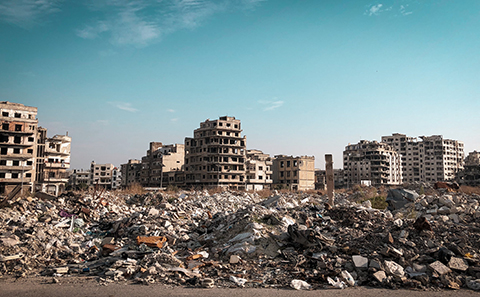Estimated 14 per cent of world population exposed to conflict, data shows

An estimated 14 per cent of people in the world were within five kilometres of violent conflict in 2023, according to new data.
Experts from the University of Southampton and ACLED, the Armed Conflict Location and Event Data Project, have assessed how conflicts affect civilians globally and will be speaking about the findings on Wednesday 7 February.
A new Conflict Exposure calculator has been developed by the researchers to measure the number of people living close to recorded incidents of violent conflict or demonstration.
Professor Andrew Tatem from WorldPop, based at the University of Southampton, will discuss the tool for a webinar with ACLED’s and chief executive officer Clionadh Raleigh.
They will be joined by representatives of the International Committee of the Red Cross (ICRC), the International Institute for Strategic Studies (IISS), and Save the Children.
Prof Tatem said: “Measuring populations and conflicts aggregated at large area scales can often lead to vital patterns being missed.”
“Bringing together our high-resolution datasets has enabled us to uncover valuable new insights about conflict exposure and how it changes over time.”
The Conflict Exposure calculator integrates ACLED’s dataset on political violence and WorldPop’s small-area population size estimates.
People are harmed by this exposure in different ways – they may be directly injured or may find themselves in active conflict, or they and their group may also be targeted or they may be affected by the destruction of their village, neighbourhood, or town.
ACLED’s founder and chief executive officer Clionadh Raleigh said the data helps to see how conflict affects civilians to a unique level of detail.
She added: “Different armed groups, conflict incidents, timescales, and locations can be immediately assessed. We hope it will prove an invaluable tool, not just for policymakers seeking to reduce the impact of war, but also for humanitarians trying to reduce the suffering it causes.”